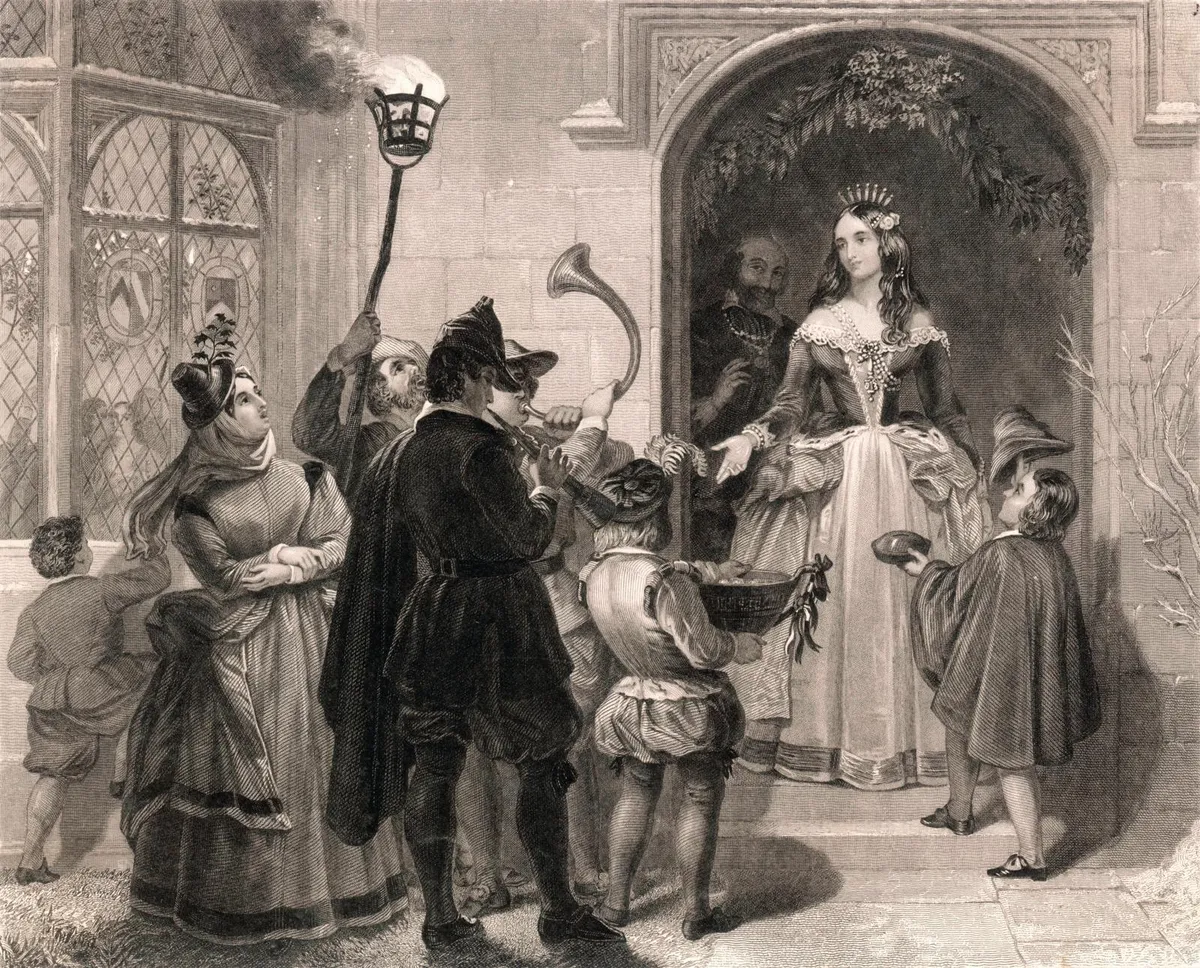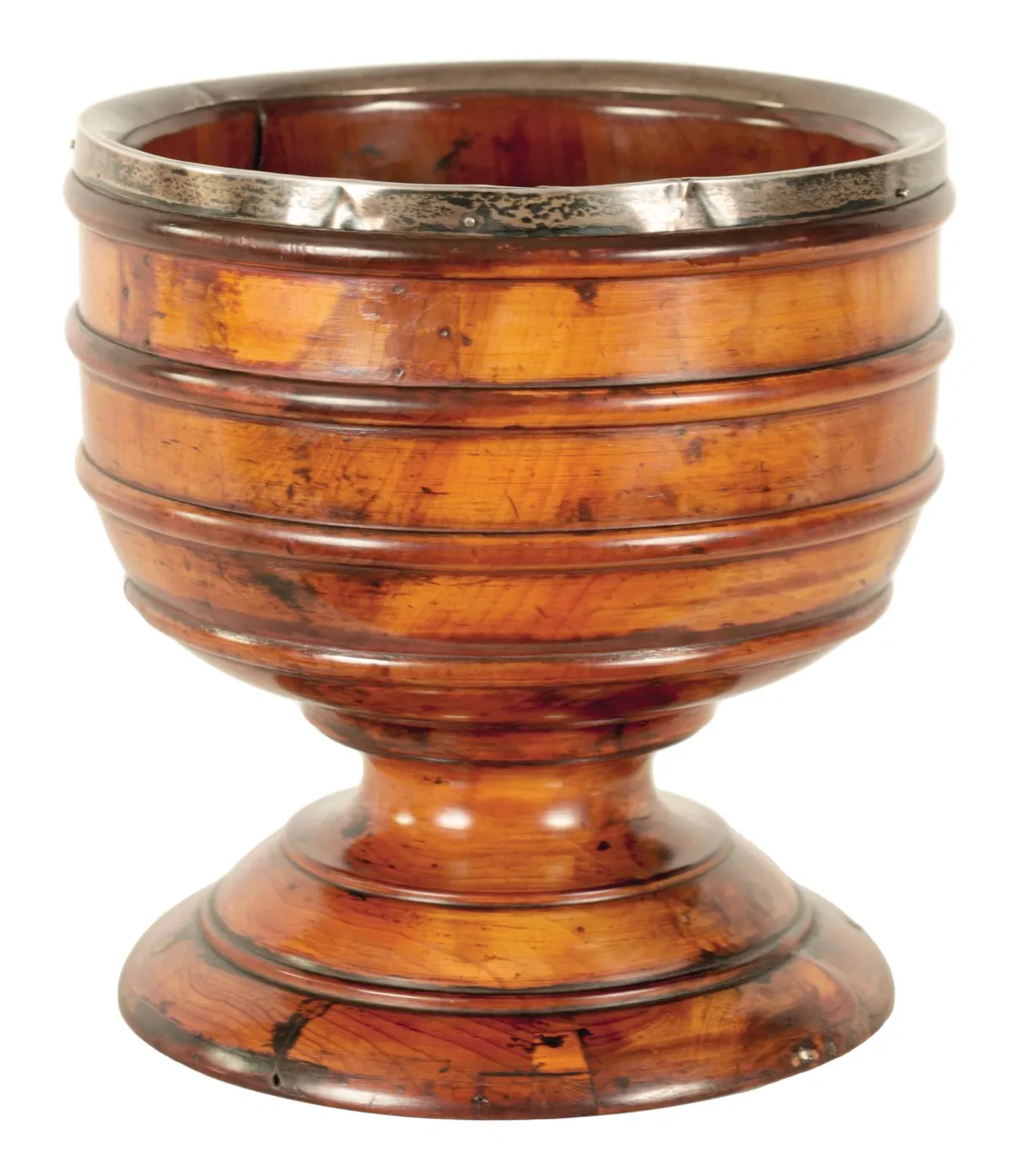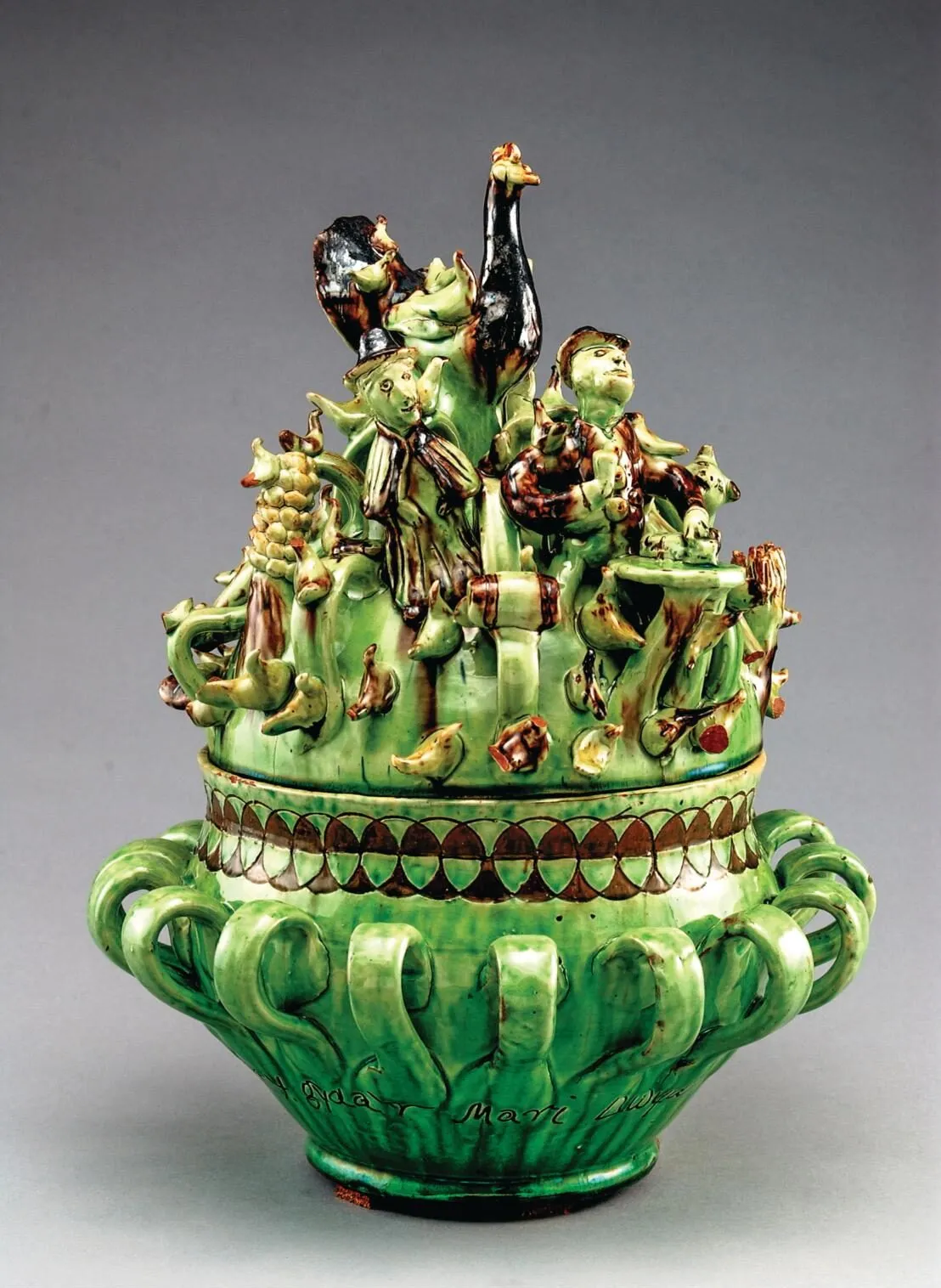In Charles Dickens’ A Christmas Carol (1843), Scrooge entertains Bob Cratchit with a ‘Christmas bowl of ‘Smoking Bishop’’. Smoking Bishop is a mulled wine, or punch: made from port, red wine, lemons or Seville oranges, sugar and spices, popular in Victorian England, and served warm. It was also customary to reheat it with a red-hot poker drawn directly from the fire.
It’s often said that Dickens ‘invented’ the traditional Christmas. The historical truth is more complicated than that: but it’s undoubtedly the case that Dickens popularised and revived the festival during the mid 19th century. At the beginning of the 1800s, many of the older Christmas traditions had fallen into abeyance. In 1824, The Gentleman’s Magazine lamented that ‘...the decline of the good old customs trouble us much. In vain do we look for the ‘Jolly Wassail bowl’ and the Boar’s head.’

According to historian Judith Flanders, ‘wassailing’ occurred from at least 1461, when a church account in Hertfordshire recorded payment to wassailers. Villagers carried the ‘wassail’ cup from door to door, offering toasts in exchange for food, money or drink. Later it became the custom for young women to bear the wassail cup over the Twelve Days of Christmas.
You might also like the history of Christmas presents
‘Wassail’ originates from the Old Norse greeting, ves heill, and the Middle English, wæs hæil, meaning to be in good health. By the Middle Ages, ‘wassail’ became associated with the drink, especially the spiced ale consumed on Christmas Day and Twelfth Night – the first and last days of the Twelve Days of Christmas.
In the West Country (and apple-growing counties such as Herefordshire and Kent), villagers ‘wassail’ their apple trees with a libation of cider. The men fire shotguns and chant wassail rhyme, followed by a racket of banging pots and pans to ward off evil spirits, bless the orchards and hope for a fertile crop for the year ahead.
Sometimes, wassailers hang toast from the branches of the apple trees, to encourage robins – considered guardians of the orchard – and this may be where the idea of ‘toasting’ originates. On the other hand, it was common practice to float slices of charred toast on the surface of a tankard of ale, partly to add flavour but also to soak up any unwanted sediment.
You can make your own traditional wassail at home by mulling cider with spices such as cinnamon, cloves, nutmeg and cardamom. Finish it off with ‘lambswool’, or apple pulp, which, in theory, ‘explodes’ on contact with the hot cider. You may need to remove the pips, core and skin before drinking. Here's a recipe for wassail punch you might find helpful.
You might also like 3 easy and delicious Christmas cocktail recipes
Antique wassail cups and bowls turn up at auction from time to time. A beautiful 18th-century yewwood bowl fetched £1,500 at Hutchinson Scott last September. Yew is an attractive wood with a waxy patination.

A more elaborate earthenware wassail bowl, in the V&A’s collection, dates from 1702. It’s carried by four handles with ‘scrolly terminals’ and a high domed lid, making it easy to hand from one to another, and finished with a lead glaze, which (according to the V&A) is probably made from iron and manganese.
Along similar lines is a green-glazed wassail bowl from the Claypits Pottery in Ewenny and now in the National Collection of Wales. It dates from 1910, and the domed lid includes humans and animals, including a fox, hens, birds, a pig and piglets.

Over at Dyrham Park in Gloucestershire is a fine wassail cup dating from the reign of Charles II. It is made from lignum vitae (‘wood of life’) a dense wood found in the Caribbean. Craftsmen considered it suitable for drinking vessels, as they thought it contained medicinal and healing properties
